Code
HCS31433
Weight
390 gm / 0.86 lbs
Size
Height
6cm (2") Width
16cm (6") Depth
4.5cm (2") Material
Copper
Availability
Available

Safe Payment
We accept Paypal, Money Transfer, Bank Transfer
Confidence
Protection covers your purchase and personal data.
Worldwide Delivery
We ship Worldwide, except Russia.Shipping cost US$25.2 for upto 0.5 kgs

Hotline
Talk to help line for your question on 9841267335About Elector Gold Plating
The [buddha], Buddhist Handmade Statue, [full Gold Plated] has been crafted using the ceramic mold casting process, a modern approach that provides an alternative to traditional methods such as the lost-wax system or rubber molding. Also referred to as ceramic molding, this technique involves the creation of a ceramic mold to cast the statue. The process begins by making a precise and detailed wax model of the desired sculpture. The wax model is then coated with layers of ceramic material, creating a sturdy mold. Once the mold is complete, it is fired in a kiln, causing the wax to melt and escape, leaving behind a cavity that perfectly replicates the original sculpture. Molten metal is then poured into the mold, allowing it to fill the cavity and take on the desired form. Once cooled and solidified, the ceramic mold is carefully broken away, revealing the final metal statue. Read More . . .
The [buddha], Buddhist Handmade Statue, [full Gold Plated] has been crafted using the ceramic mold casting process, a modern approach that provides an alternative to traditional methods such as the lost-wax system or rubber molding. Also referred to as ceramic molding, this technique involves the creation of a ceramic mold to cast the statue. The process begins by making a precise and detailed wax model of the desired sculpture. The wax model is then coated with layers of ceramic material, creating a sturdy mold. Once the mold is complete, it is fired in a kiln, causing the wax to melt and escape, leaving behind a cavity that perfectly replicates the original sculpture. Molten metal is then poured into the mold, allowing it to fill the cavity and take on the desired form. Once cooled and solidified, the ceramic mold is carefully broken away, revealing the final metal statue. Read More . . .
Ceramic Molding System
The [buddha], Buddhist Handmade Statue, [full Gold Plated] has been crafted using the Ceramic mold casting process, a modern approach that provides an alternative to traditional methods such as the lost-wax system or rubber molding. Also referred to as ceramic molding, this technique involves the creation of a ceramic mold to cast the statue. The process begins by making a precise and detailed wax model of the desired sculpture. The wax model is then coated with layers of ceramic material, creating a sturdy mold. Once the mold is complete, it is fired in a kiln, causing the wax to melt and escape, leaving behind a cavity that perfectly replicates the original sculpture. Molten metal is then poured into the mold, allowing it to fill the cavity and take on the desired form. Once cooled and solidified, the ceramic mold is carefully broken away, revealing the final metal statue. Read More . . .
The [buddha], Buddhist Handmade Statue, [full Gold Plated] has been crafted using the Ceramic mold casting process, a modern approach that provides an alternative to traditional methods such as the lost-wax system or rubber molding. Also referred to as ceramic molding, this technique involves the creation of a ceramic mold to cast the statue. The process begins by making a precise and detailed wax model of the desired sculpture. The wax model is then coated with layers of ceramic material, creating a sturdy mold. Once the mold is complete, it is fired in a kiln, causing the wax to melt and escape, leaving behind a cavity that perfectly replicates the original sculpture. Molten metal is then poured into the mold, allowing it to fill the cavity and take on the desired form. Once cooled and solidified, the ceramic mold is carefully broken away, revealing the final metal statue. Read More . . .
About Buddha :
Gautama Buddha, popularly known as the Buddha, He is regarded as the founder of the world religion of Buddhism, and revered by most Buddhist schools as a savior, the Enlightened One who rediscovered an ancient path to release clinging and craving and escape the cycle of birth and rebirth. He taught for around 45 years and built a large following, both monastic and lay. His teaching is based on his insight into the arising of duḥkha and the ending of duhkha the state called Nirvana
The Buddha was born into an aristocratic family in the Shakya clan but eventually renounced lay life. According to Buddhist tradition, after several years of mendicancy, meditation, and asceticism, he awakened to understand the mechanism which keeps people trapped in the cycle of rebirth. The Buddha then traveled throughout the Ganges plain teaching and building a religious community. The Buddha taught a middle way between sensual indulgence and the severe asceticism found in the Indian śramaṇa movement. He taught a training of the mind that included ethical training, self-restraint, and meditative practices such as jhana and mindfulness. The Buddha also critiqued the practices of Brahmin priests, such as animal sacrifice and the caste system.
A couple of centuries after his death he came to be known by the title Buddha, which means "Awakened One" or "Enlightened One". Gautama's teachings were compiled by the Buddhist community in the Vinaya, his codes for monastic practice, and the Suttas, texts based on his discourses. These were passed down in Middle-Indo Aryan dialects through an oral tradition. Later generations composed additional texts, such as systematic treatises known as Abhidharma, biographies of the Buddha, collections of stories about the Buddha's past lives known as Jataka tales, and additional discourses, i.e. the Mahayana sutras.
A couple of centuries after his death he came to be known by the title Buddha, which means "Awakened One" or "Enlightened One". Gautama's teachings were compiled by the Buddhist community in the Vinaya, his codes for monastic practice, and the Suttas, texts based on his discourses. These were passed down in Middle-Indo Aryan dialects through an oral tradition. Later generations composed additional texts, such as systematic treatises known as Abhidharma, biographies of the Buddha, collections of stories about the Buddha's past lives known as Jataka tales, and additional discourses, i.e. the Mahayana sutras.


![[buddha], Buddhist Handmade Statue, [full Gold Plated]](https://handicraftseller.com/uploads/pics/product/thumb/2023/12/31433.jpg)
![[buddha], Buddhist Handmade Statue, [full Gold Plated]](https://handicraftseller.com/uploads/pics/product/thumb/2023/12/31433_0.jpg)
![[buddha], Buddhist Handmade Statue, [full Gold Plated]](https://handicraftseller.com/uploads/pics/product/thumb/2023/12/31433_1.jpg)
![[buddha], Buddhist Handmade Statue, [full Gold Plated]](https://handicraftseller.com/uploads/pics/product/thumb/2023/12/31433_2.jpg)
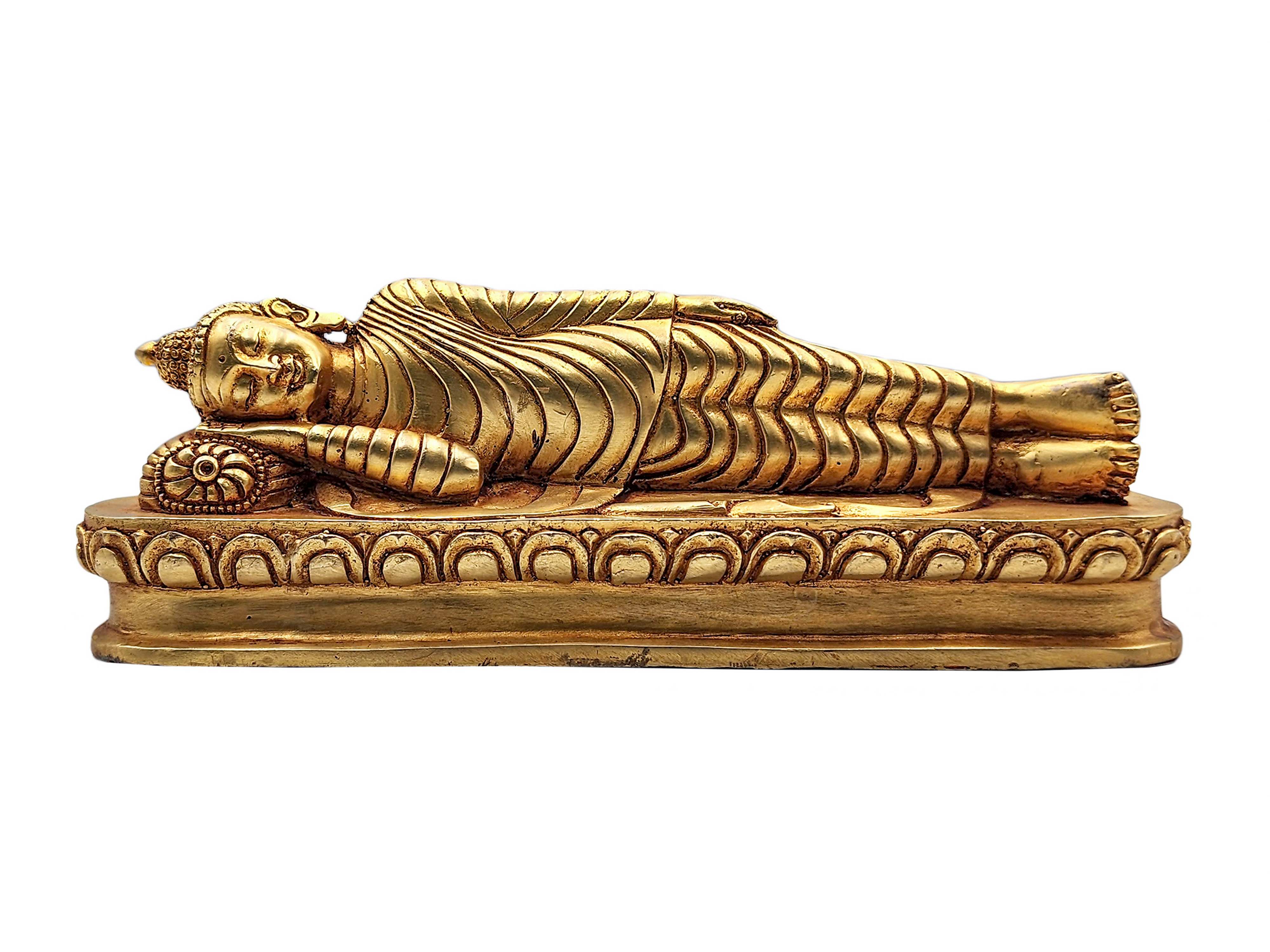
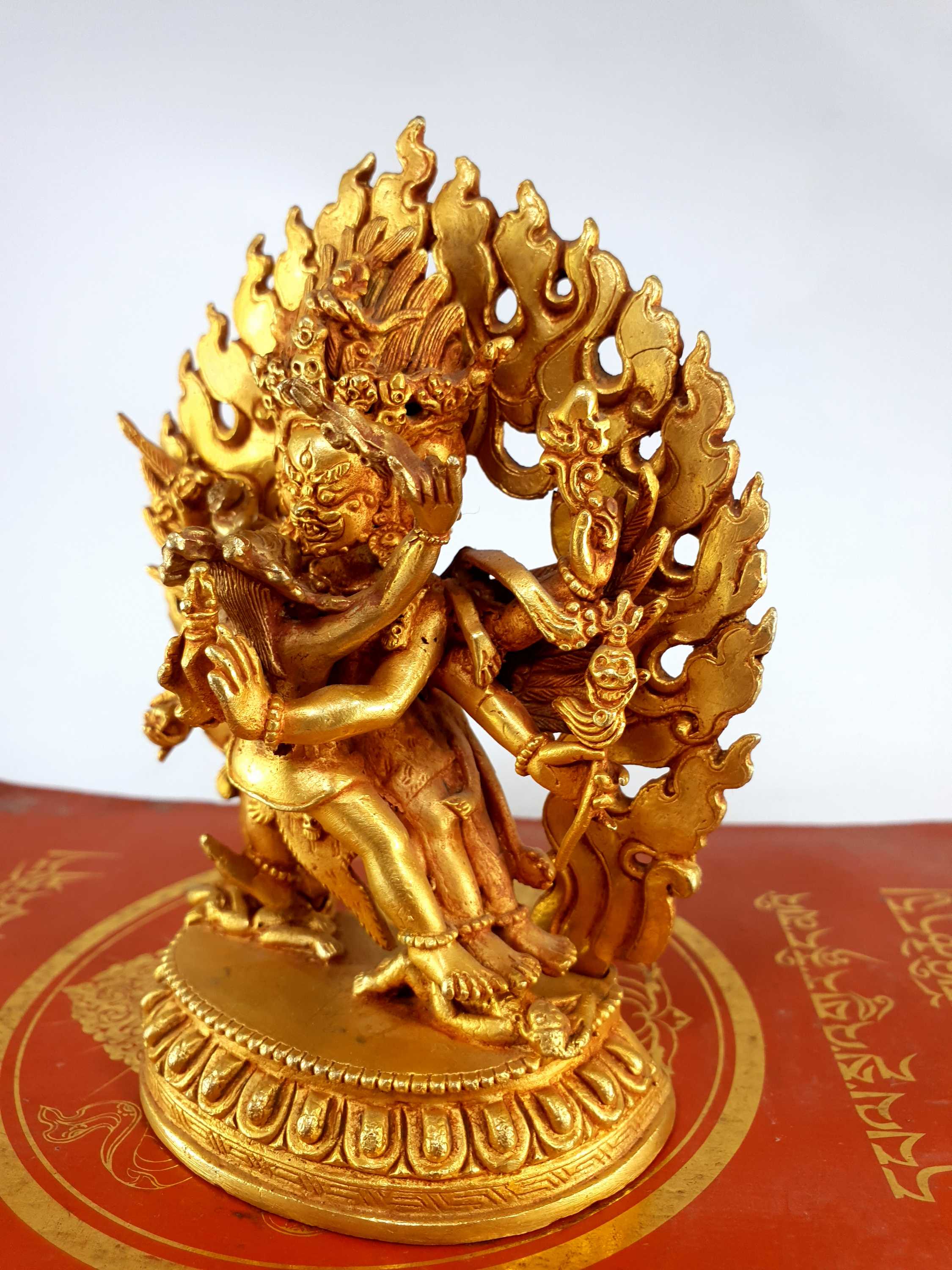 of Vajrakilaya - Dorje Phurba,
of Vajrakilaya - Dorje Phurba, 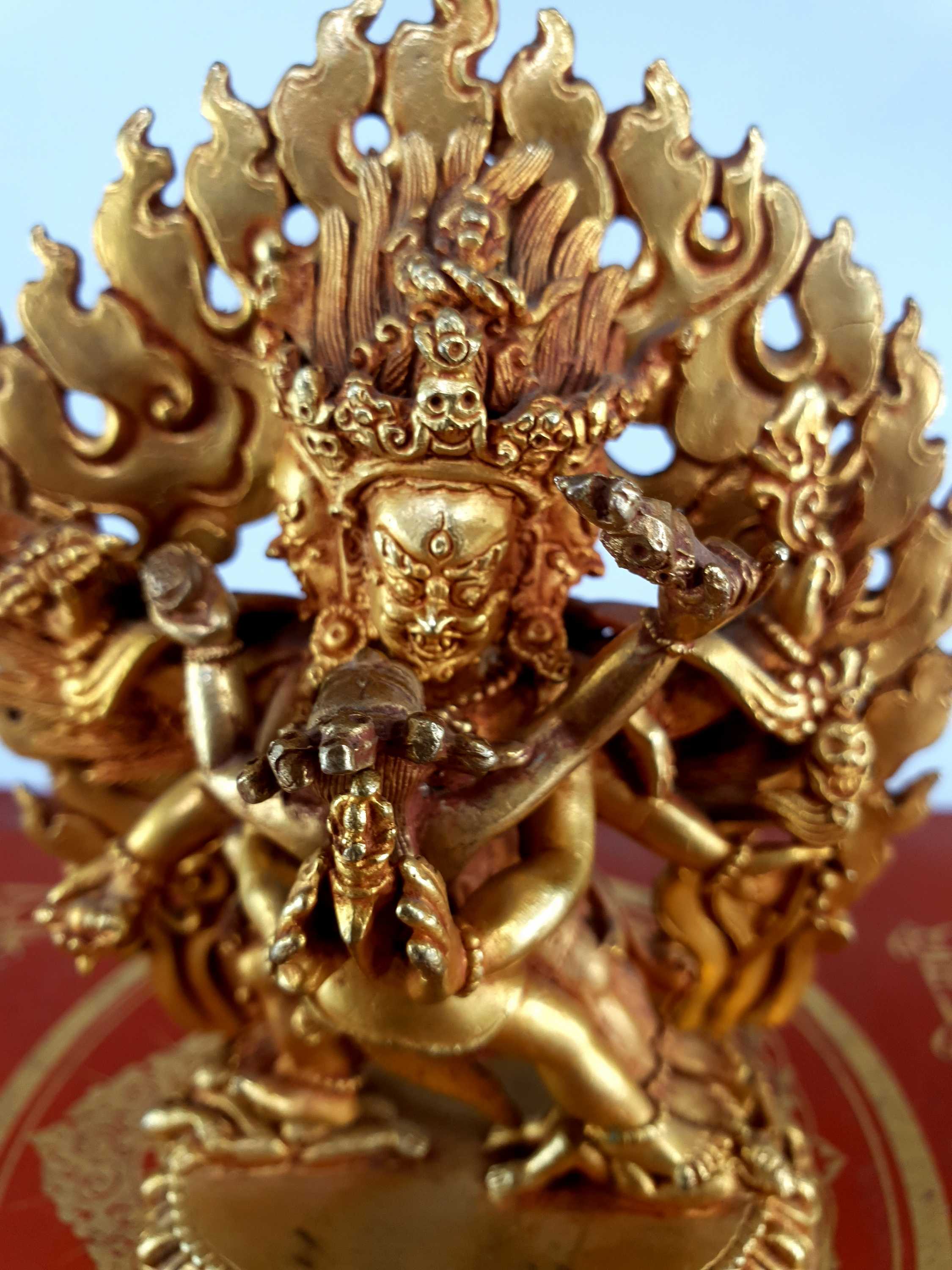 of Vajrakilaya - Dorje Phurba,
of Vajrakilaya - Dorje Phurba, 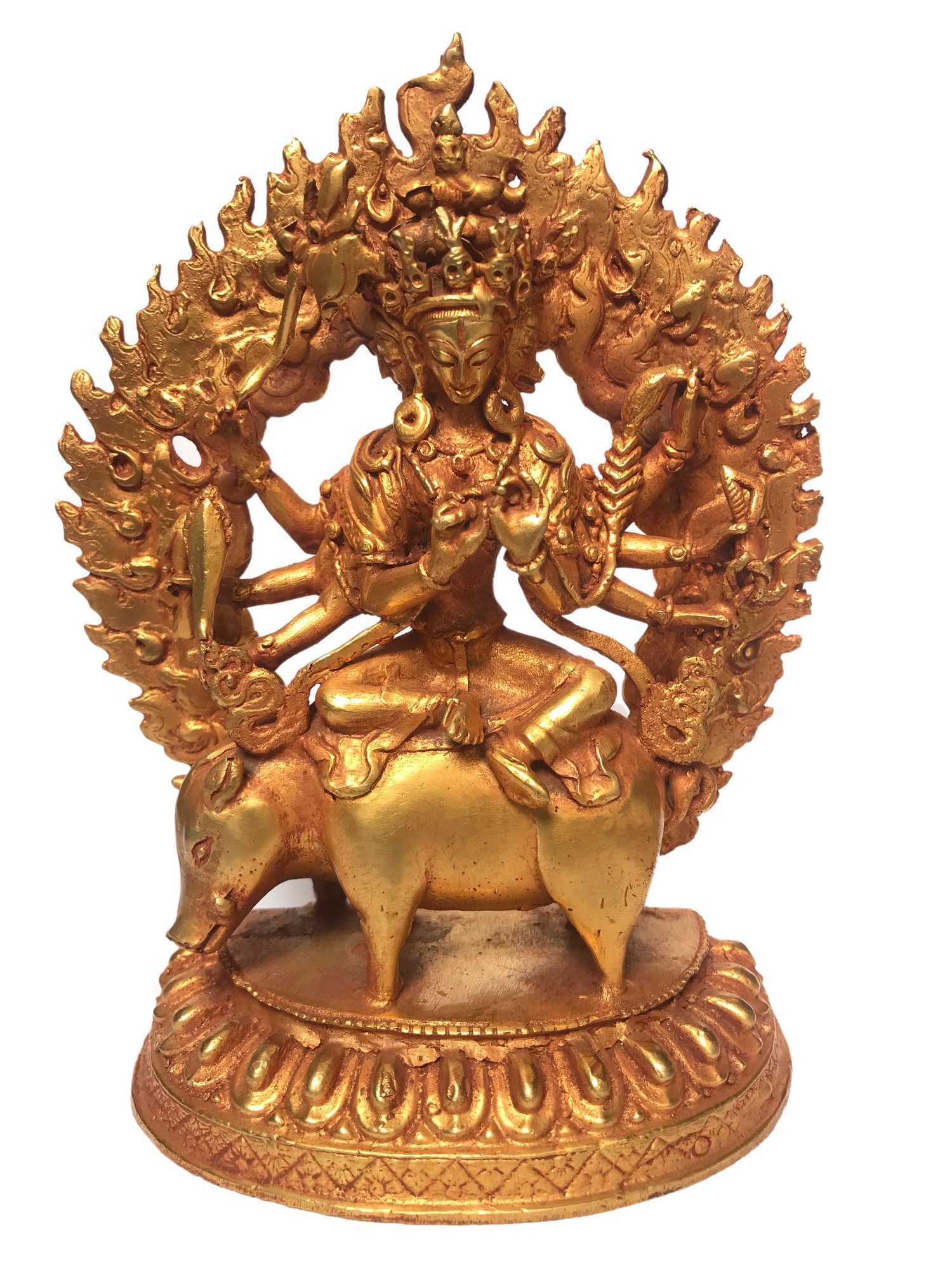 of Marici,
of Marici, 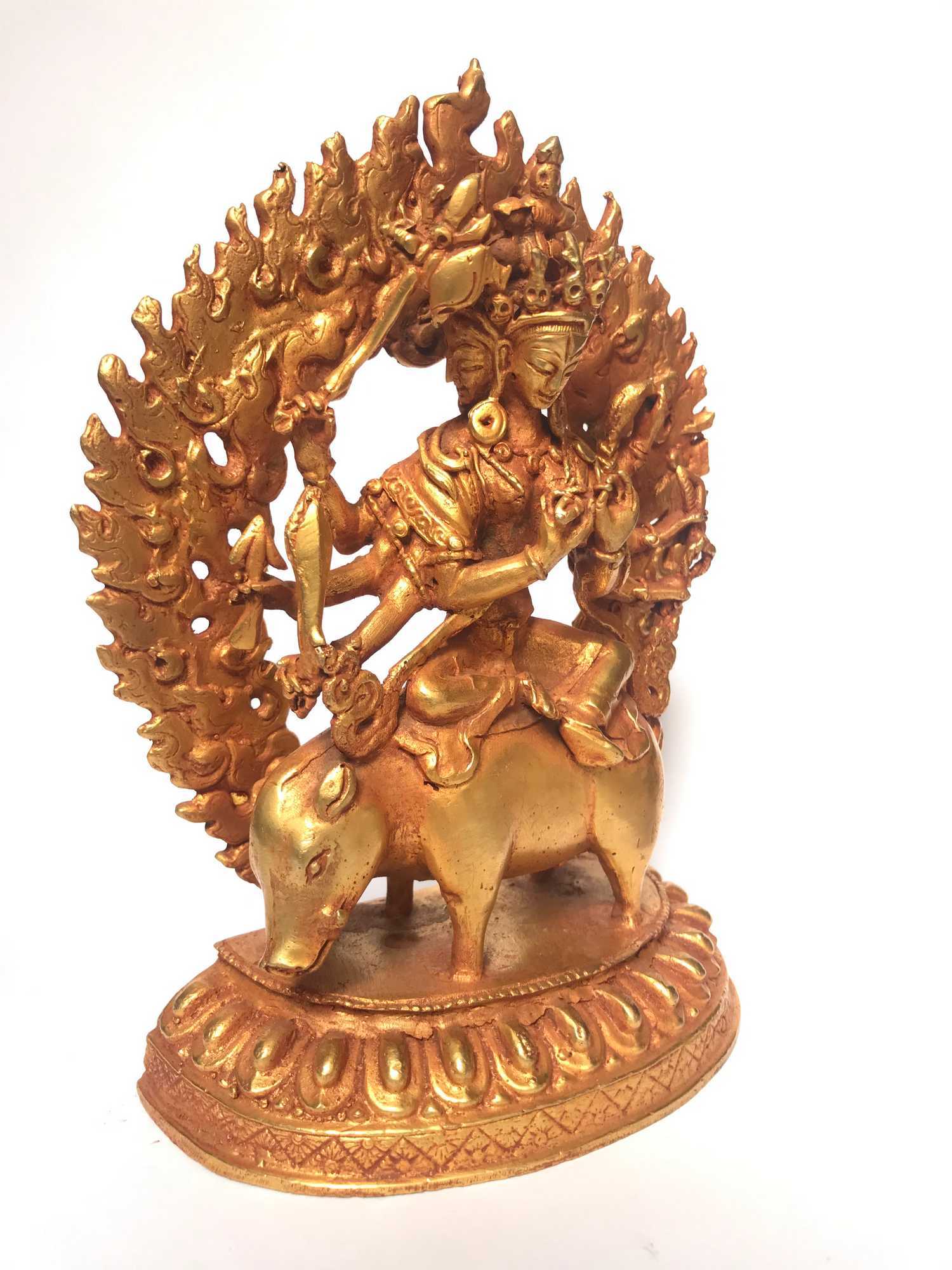 of Marici,
of Marici, 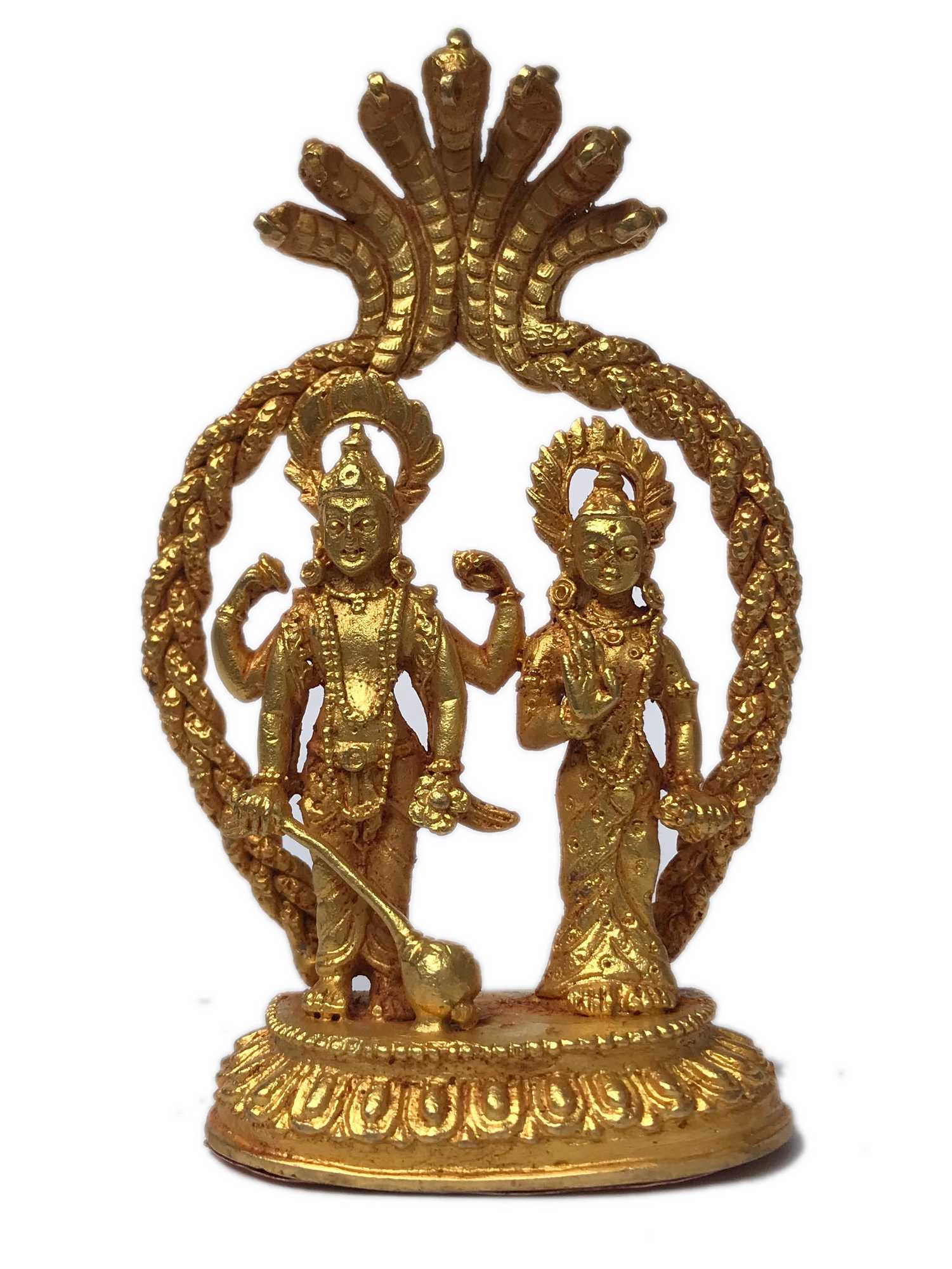 of Lakshmi
of Lakshmi 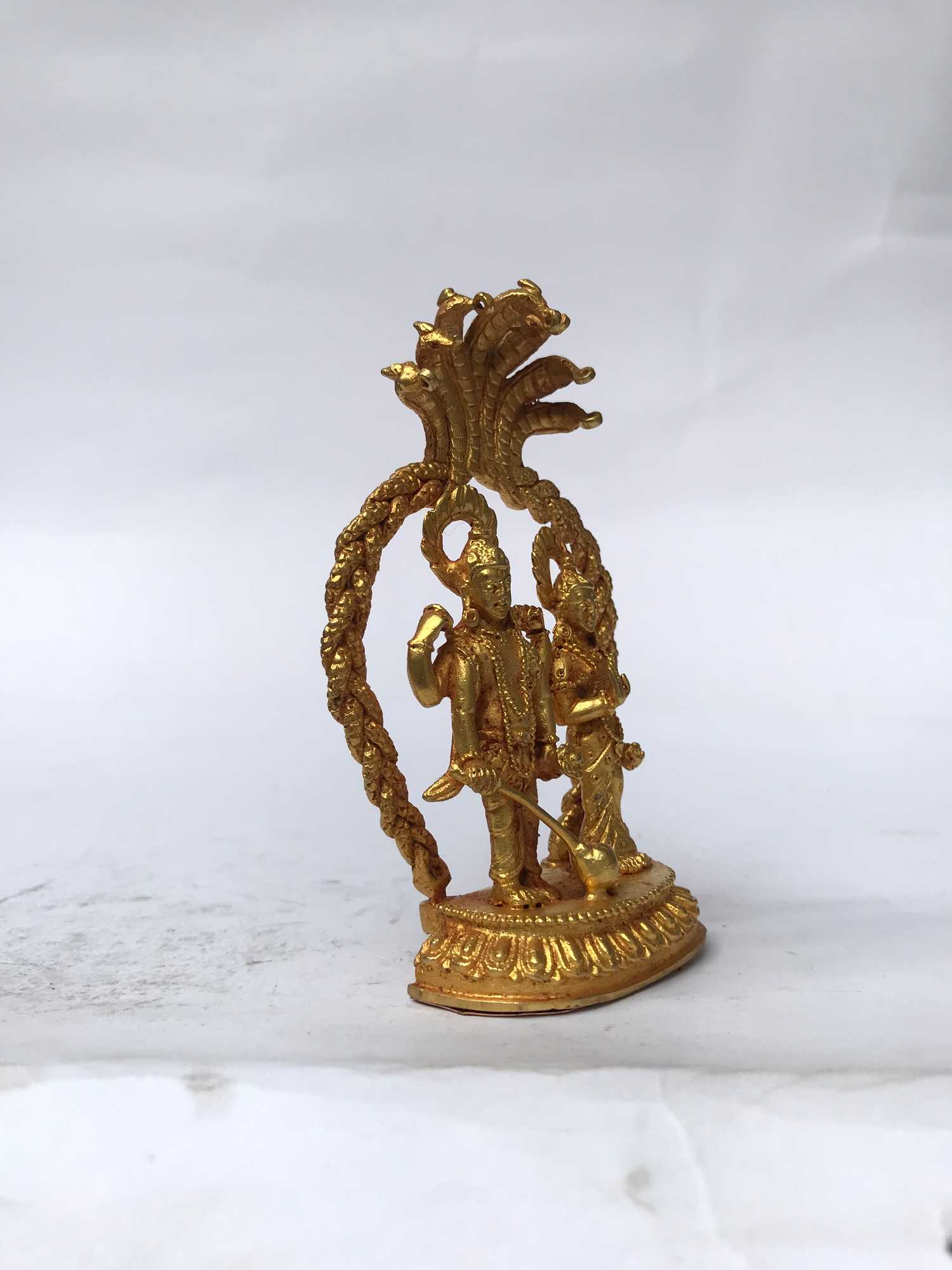 of Lakshmi
of Lakshmi 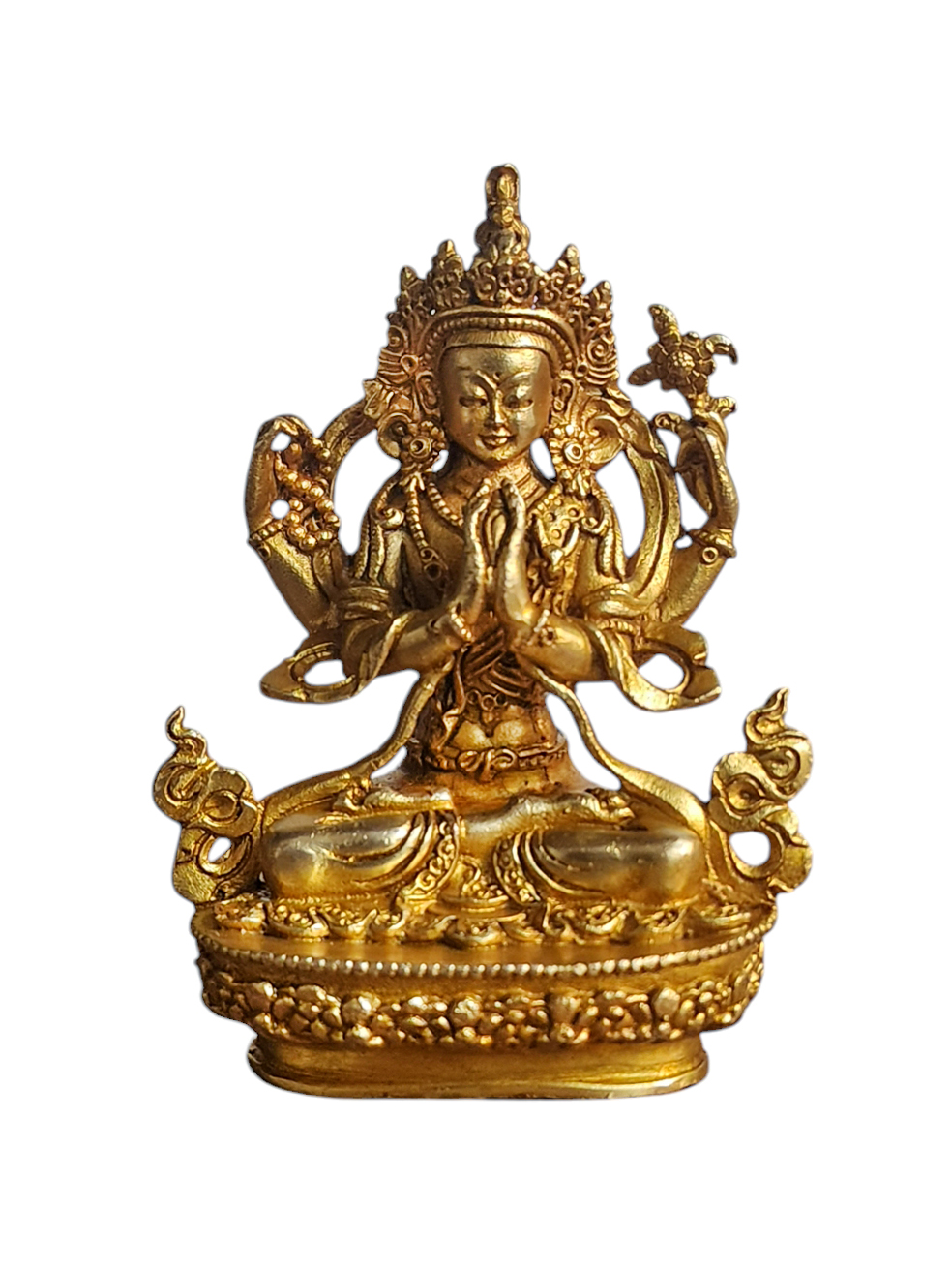 Chenrezig, Buddhist Miniature Statue,
Chenrezig, Buddhist Miniature Statue, 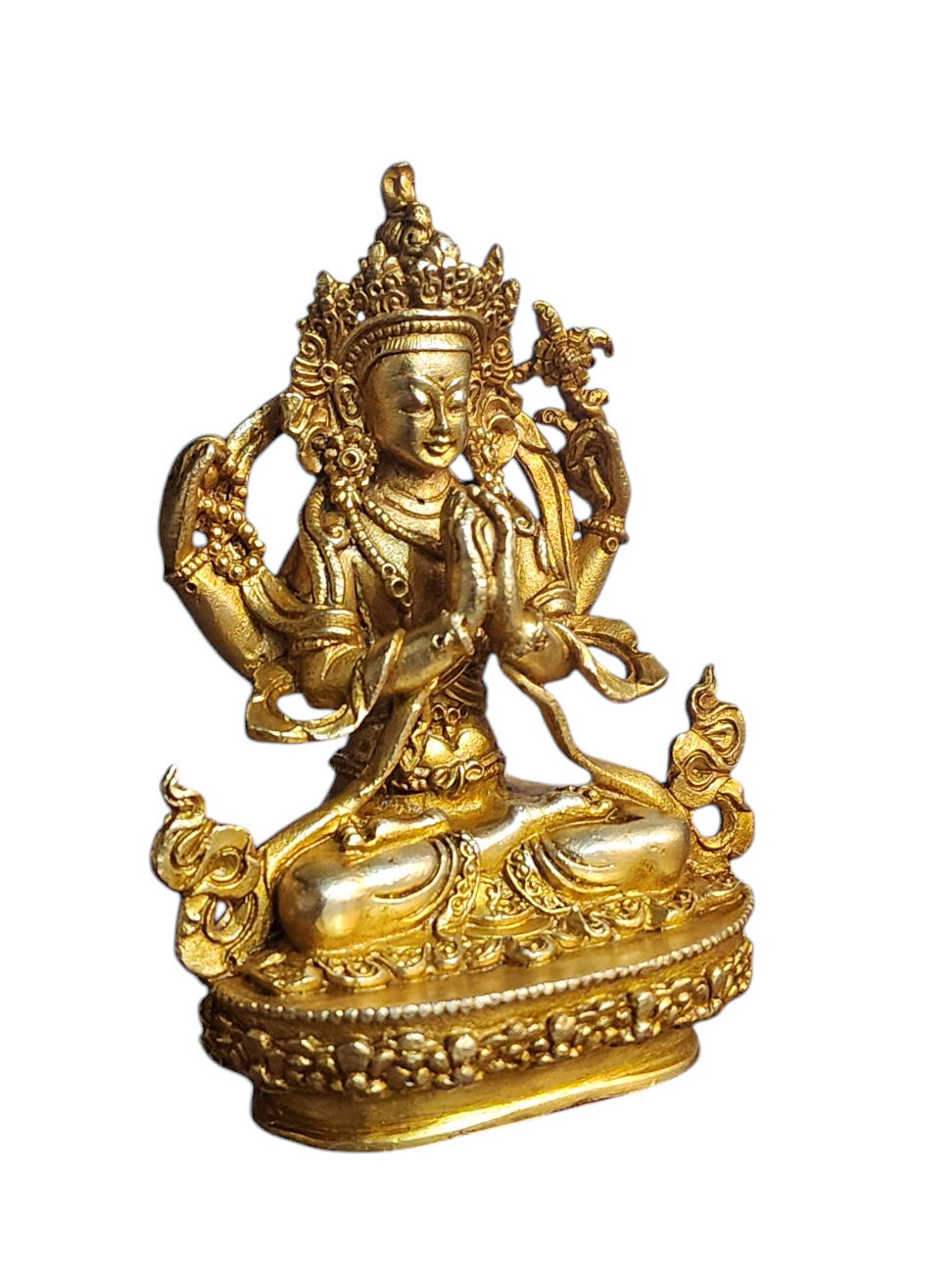 Chenrezig, Buddhist Miniature Statue,
Chenrezig, Buddhist Miniature Statue, 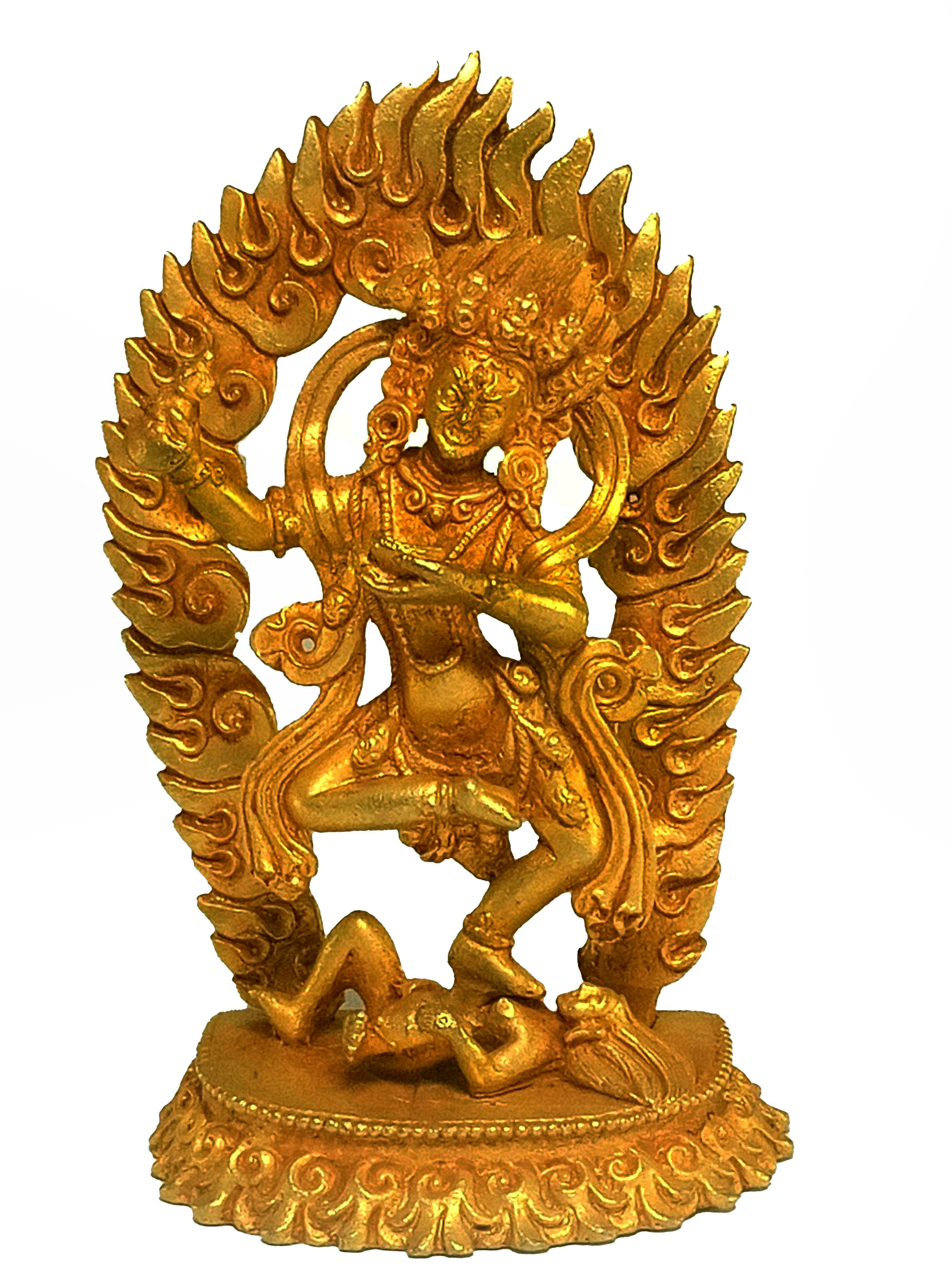 of Vajravarahi - Dorje Phagmo Yogini,
of Vajravarahi - Dorje Phagmo Yogini, 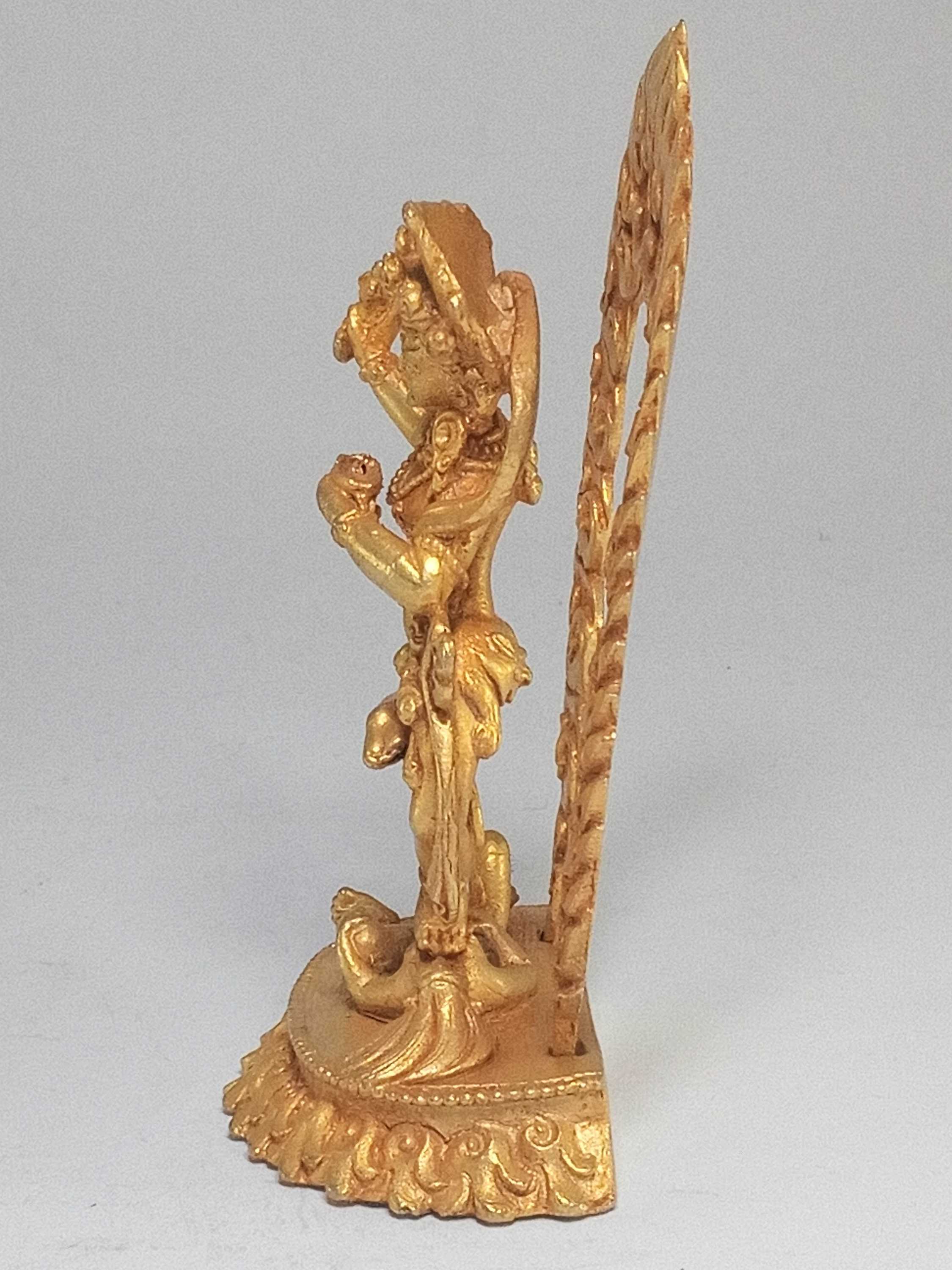 of Vajravarahi - Dorje Phagmo Yogini,
of Vajravarahi - Dorje Phagmo Yogini, 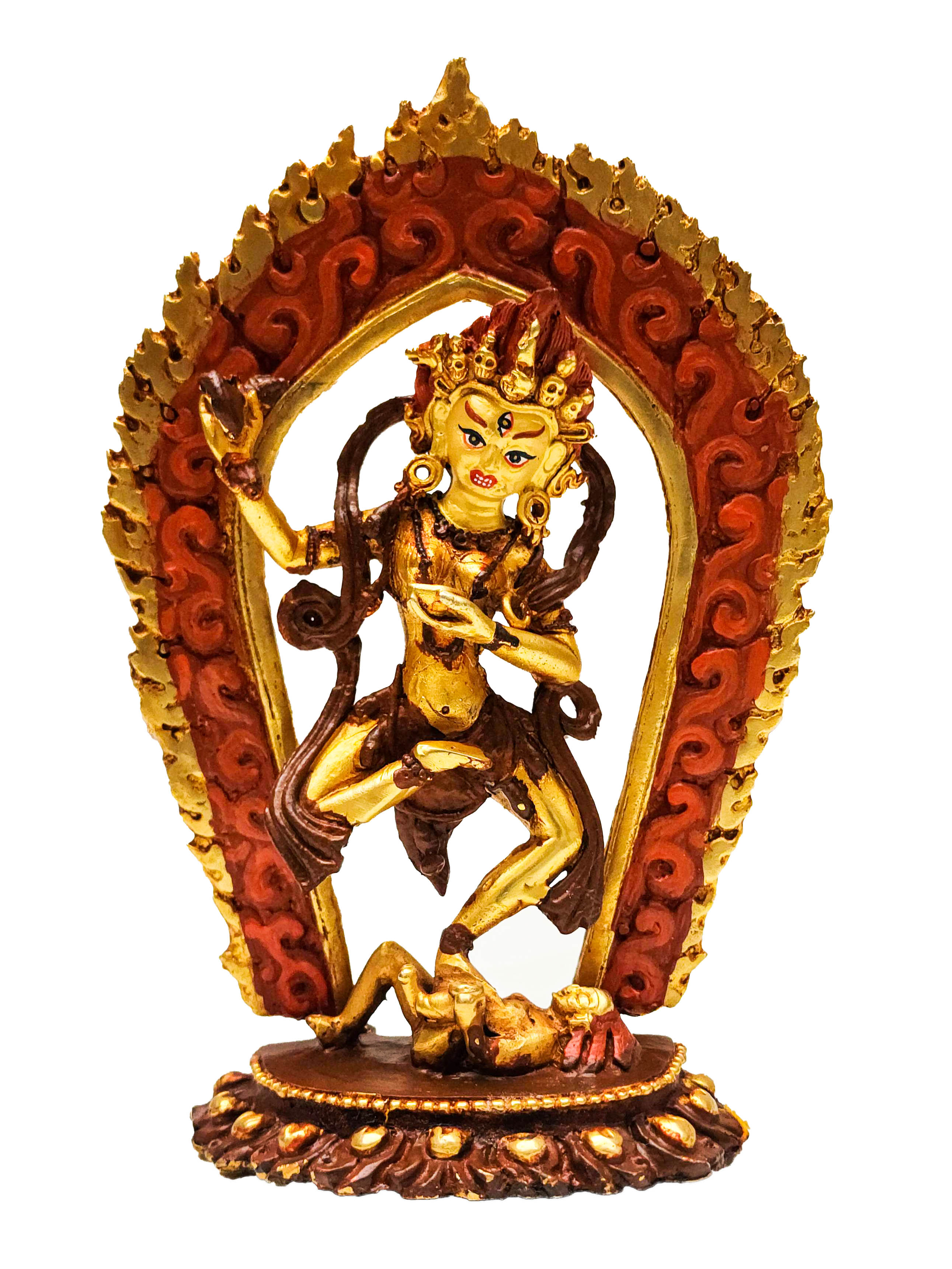 Partly Gold Plated,
Partly Gold Plated, 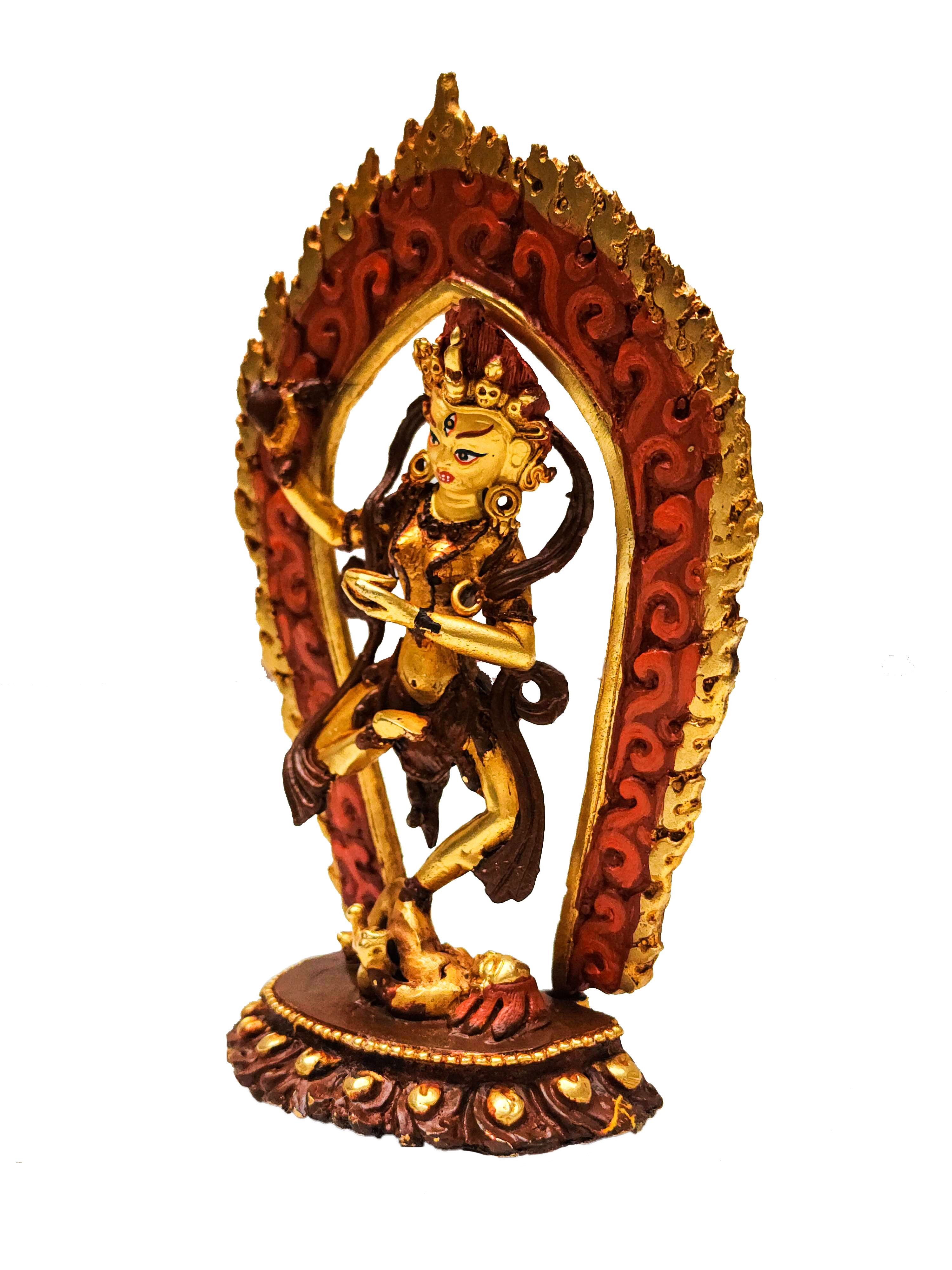 Partly Gold Plated,
Partly Gold Plated, 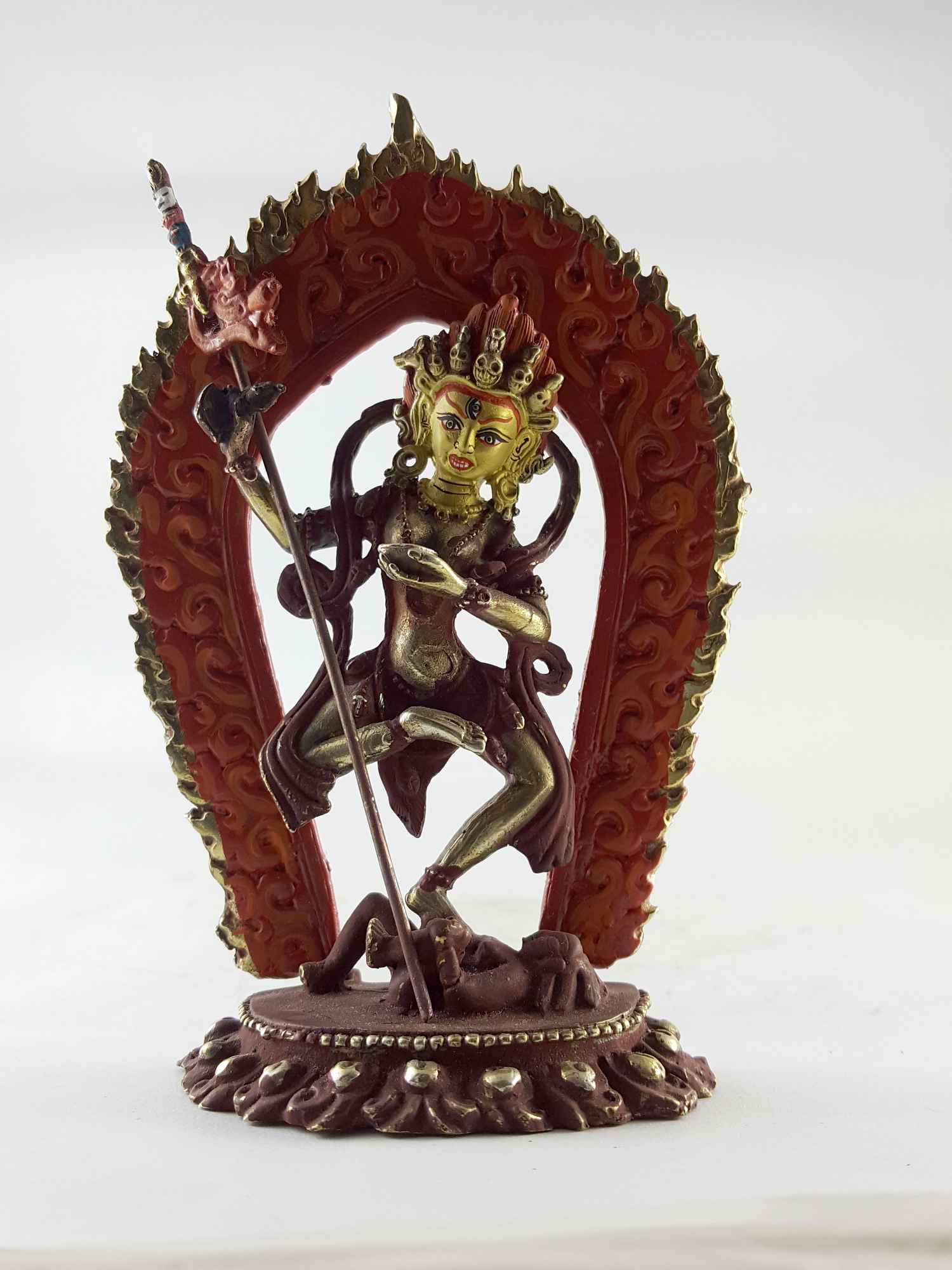 of Vajravarahi - Dorje Phagmo Yogini
of Vajravarahi - Dorje Phagmo Yogini 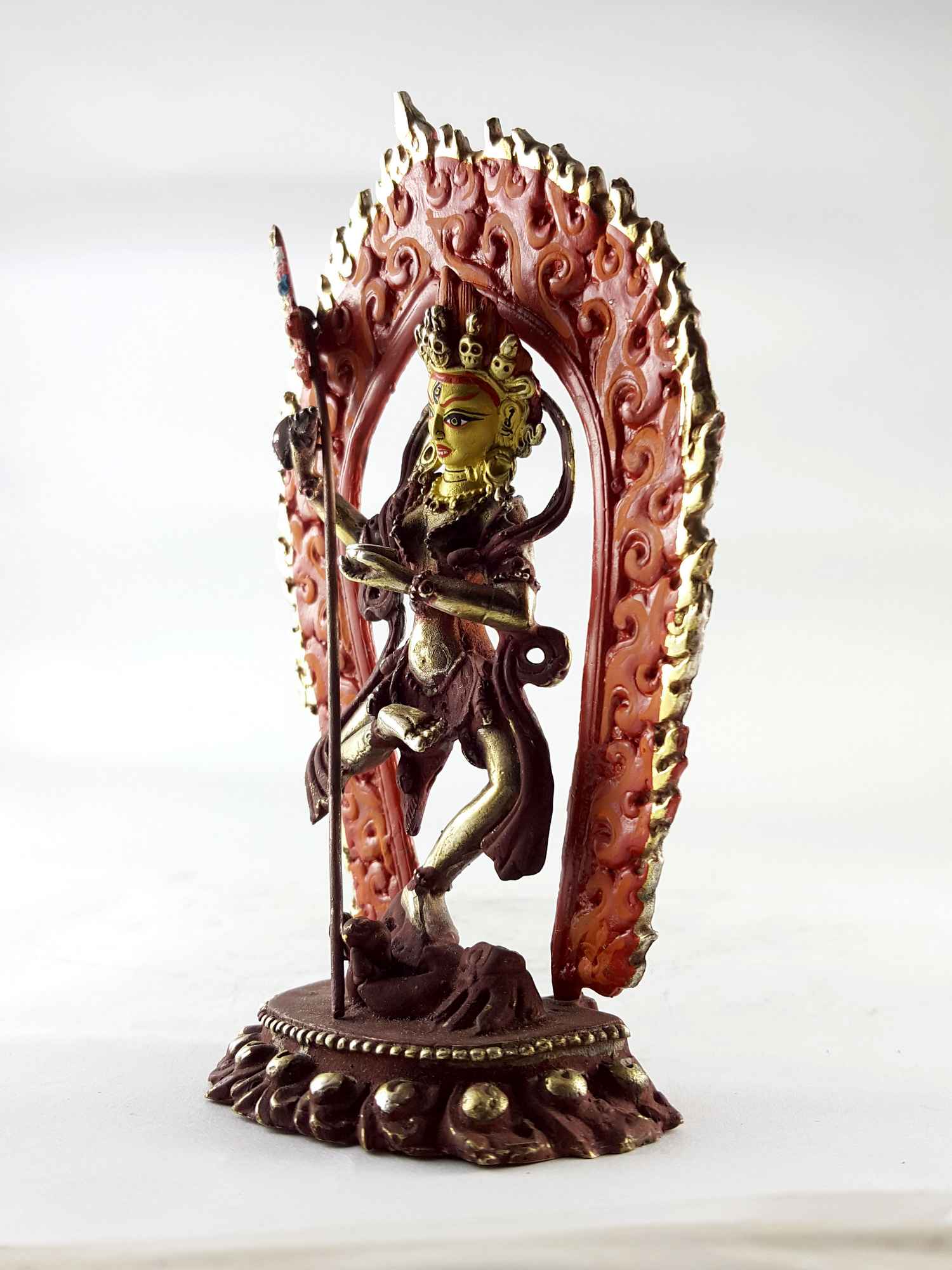 of Vajravarahi - Dorje Phagmo Yogini
of Vajravarahi - Dorje Phagmo Yogini 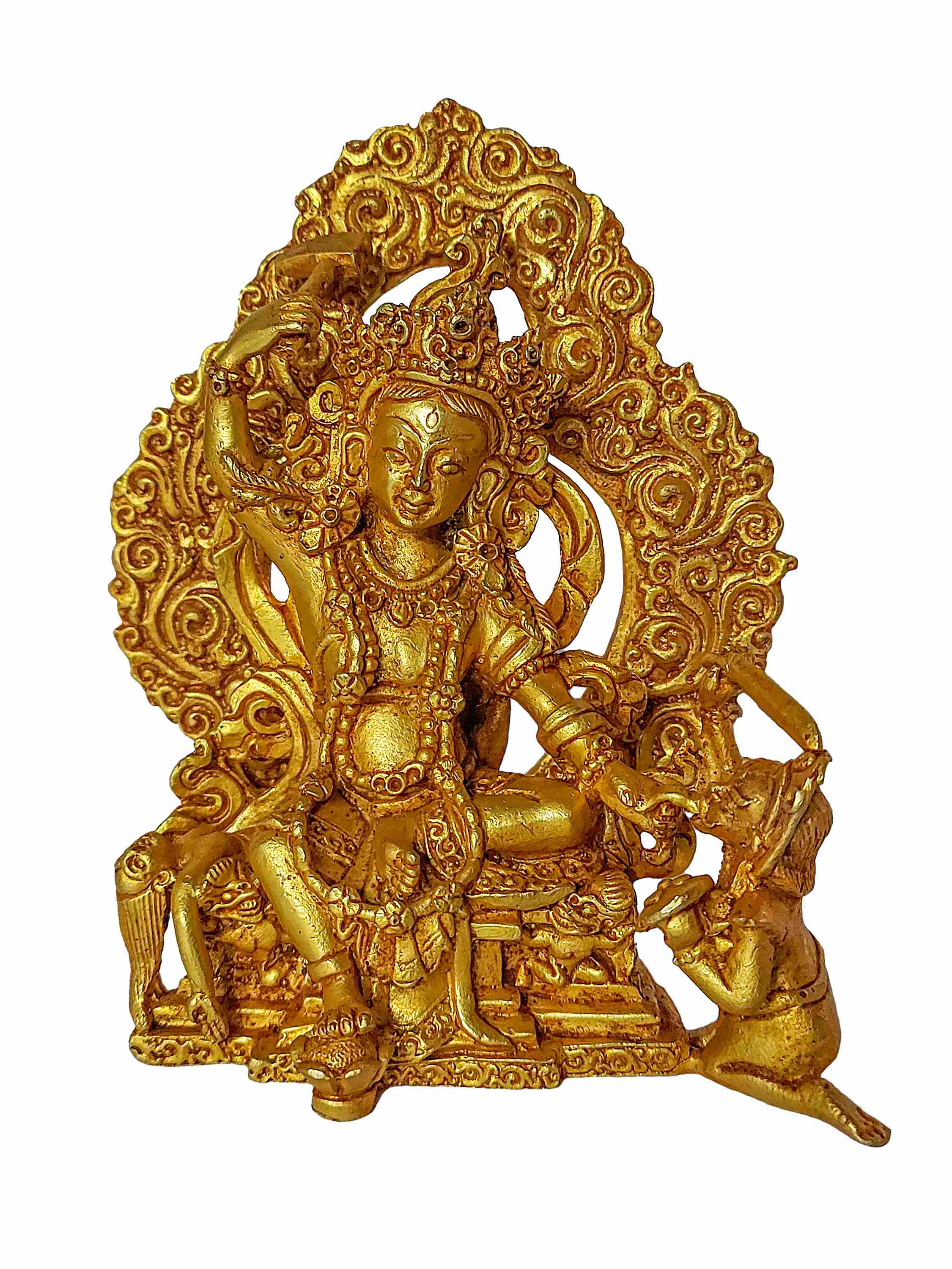 of Bhimsen, Full Gold Plated,
of Bhimsen, Full Gold Plated, 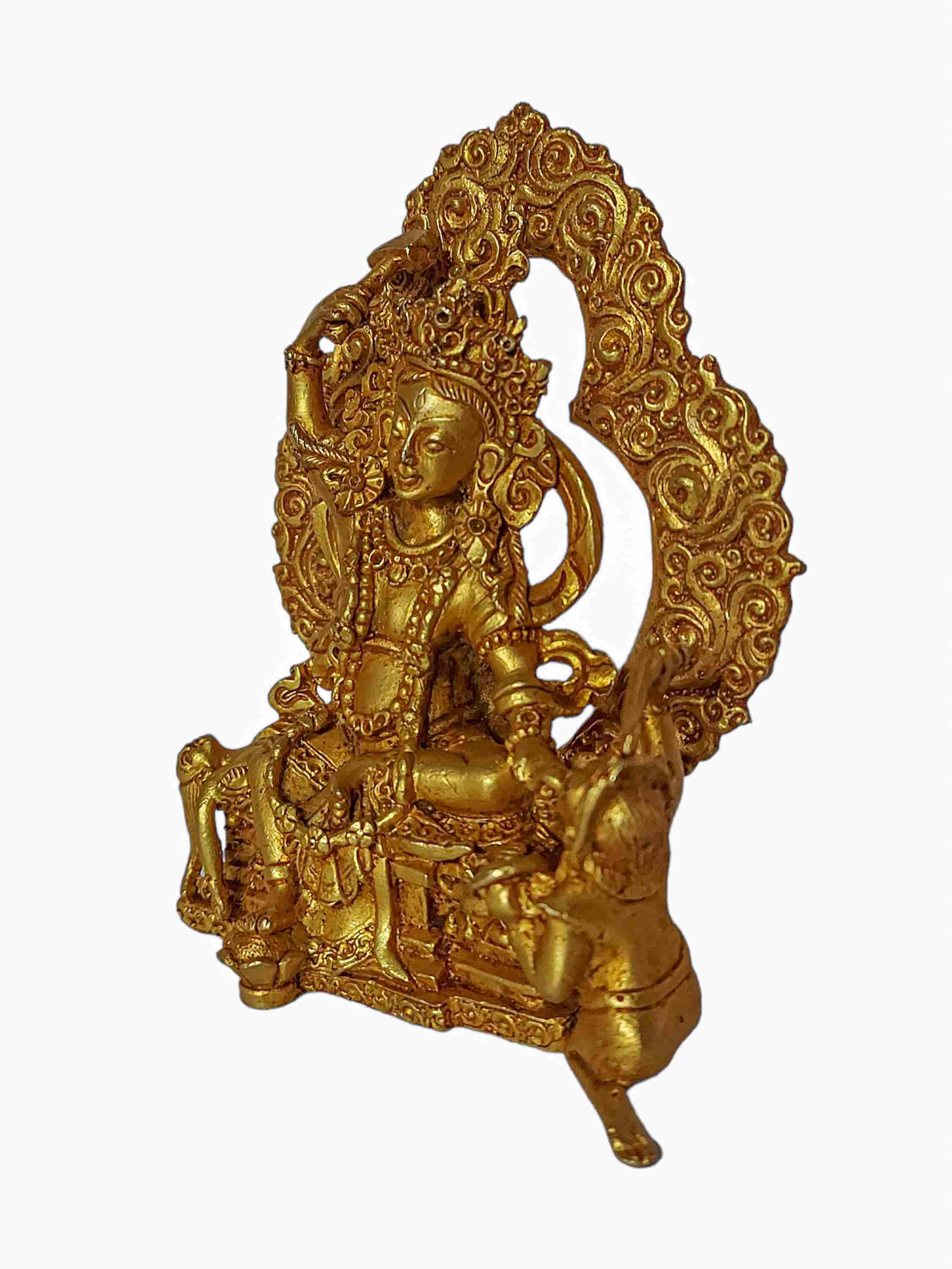 of Bhimsen, Full Gold Plated,
of Bhimsen, Full Gold Plated, 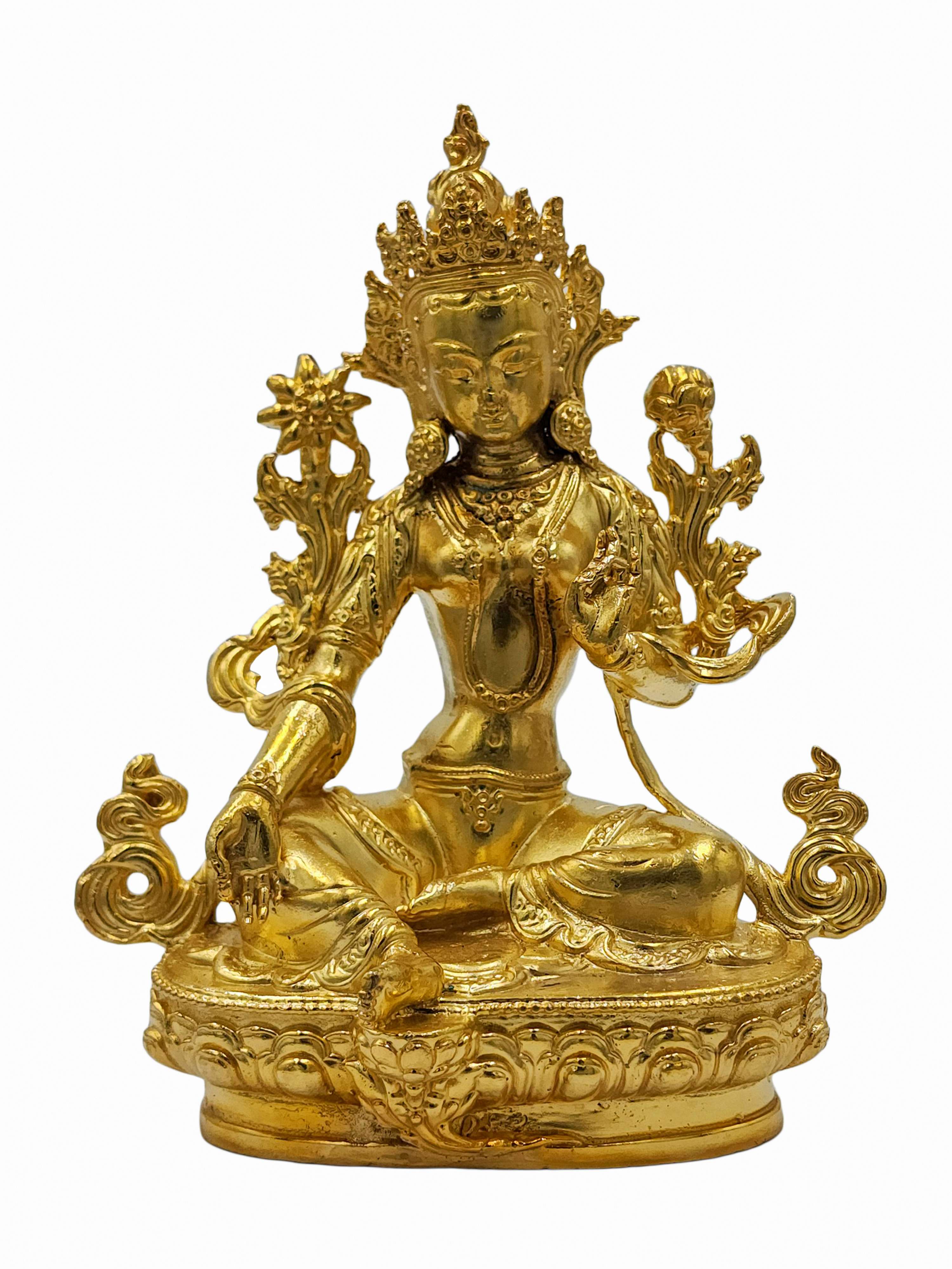 Full Gold Plated" title="Green Tara, Buddhist Miniature Statue,
Full Gold Plated" title="Green Tara, Buddhist Miniature Statue, 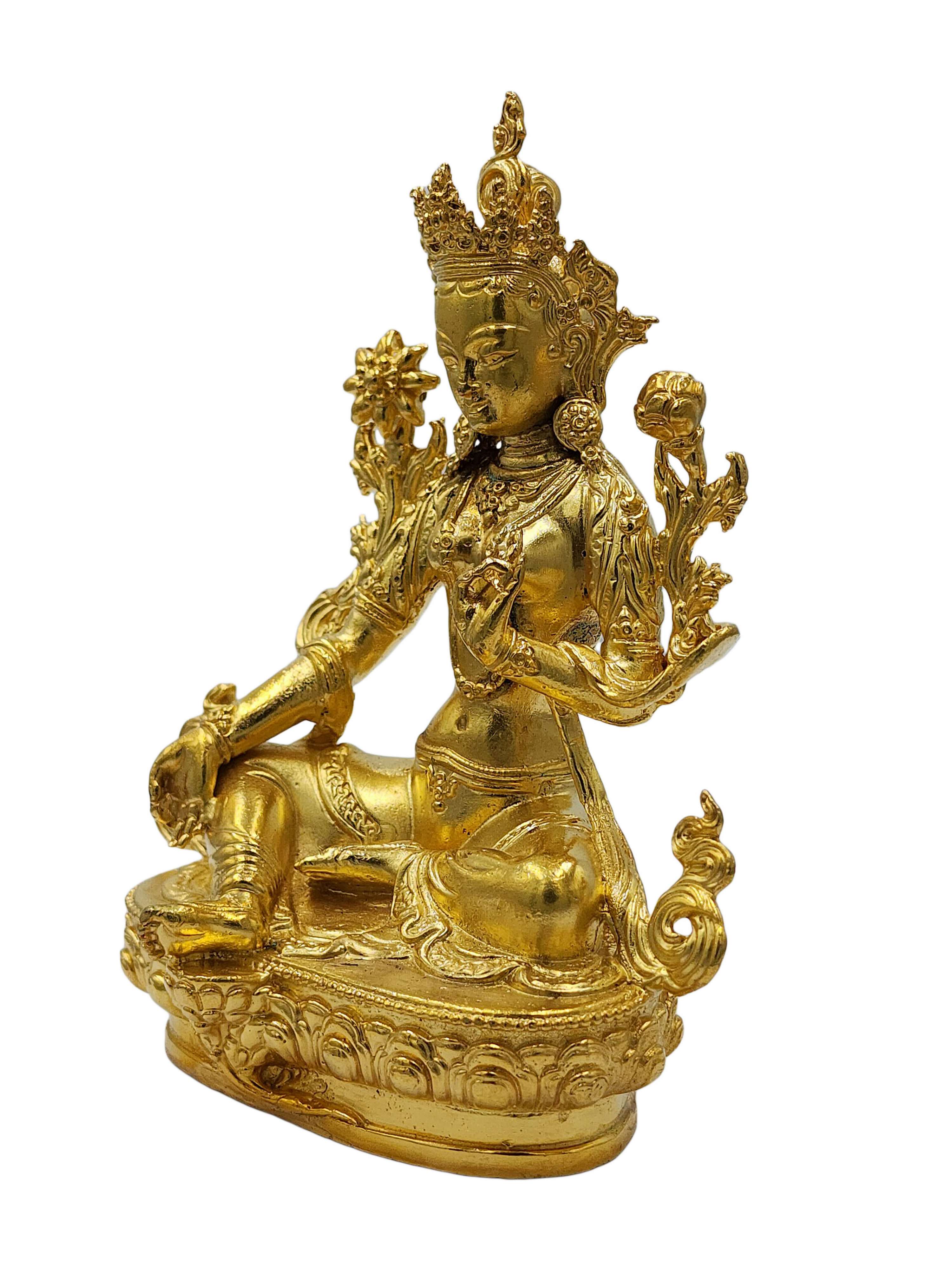 Full Gold Plated" title="Green Tara, Buddhist Miniature Statue,
Full Gold Plated" title="Green Tara, Buddhist Miniature Statue, 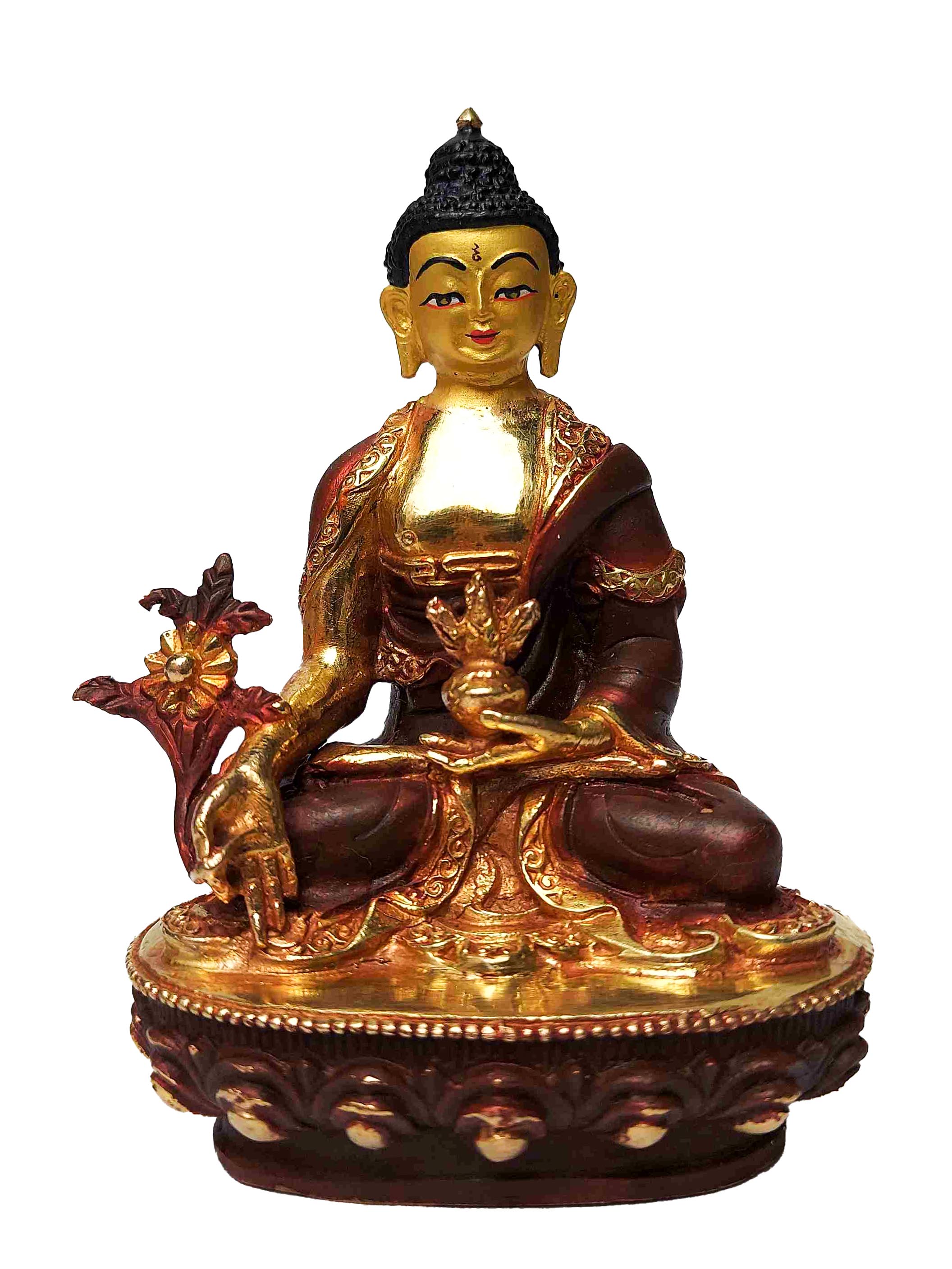 of Medicine Buddha,
of Medicine Buddha, 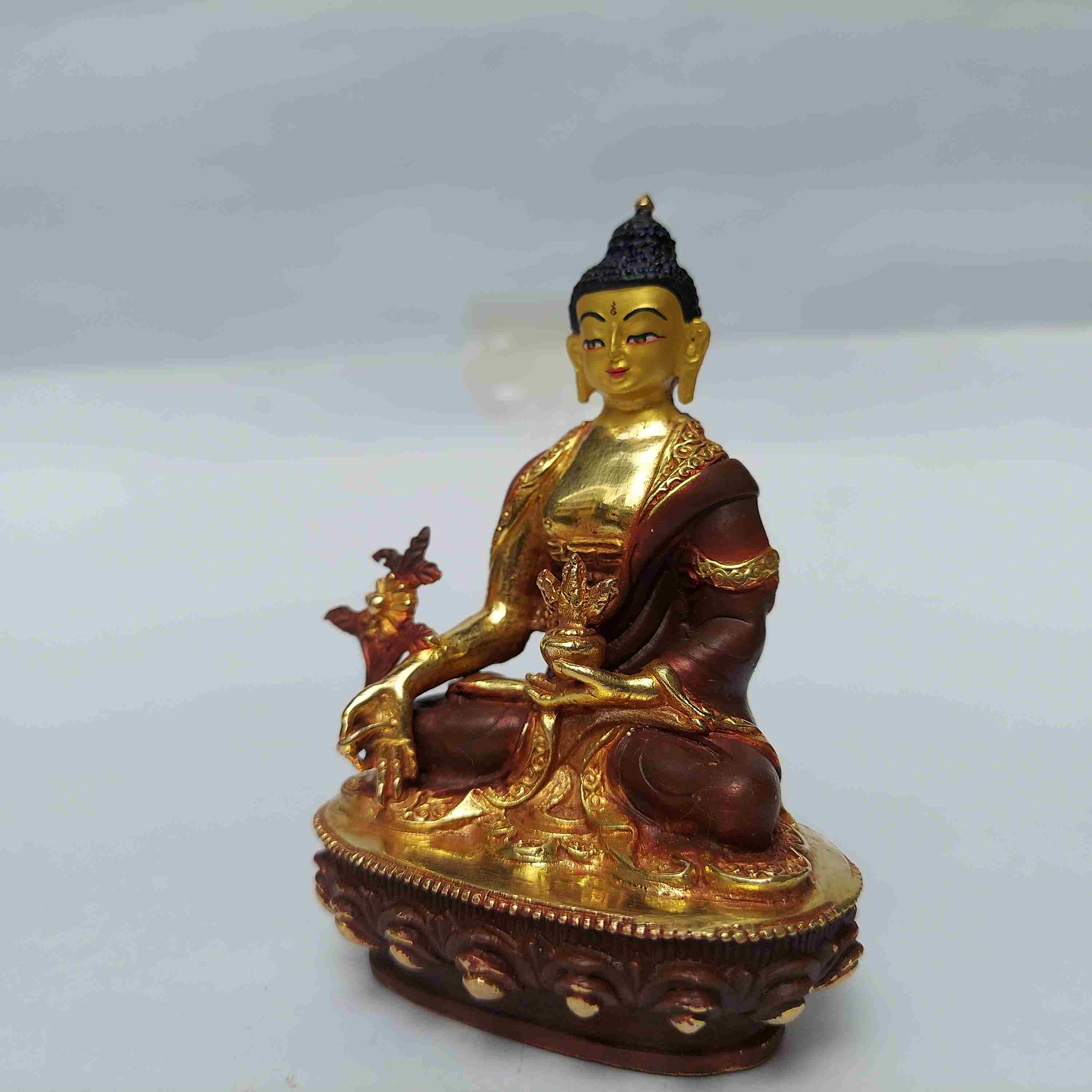 of Medicine Buddha,
of Medicine Buddha,